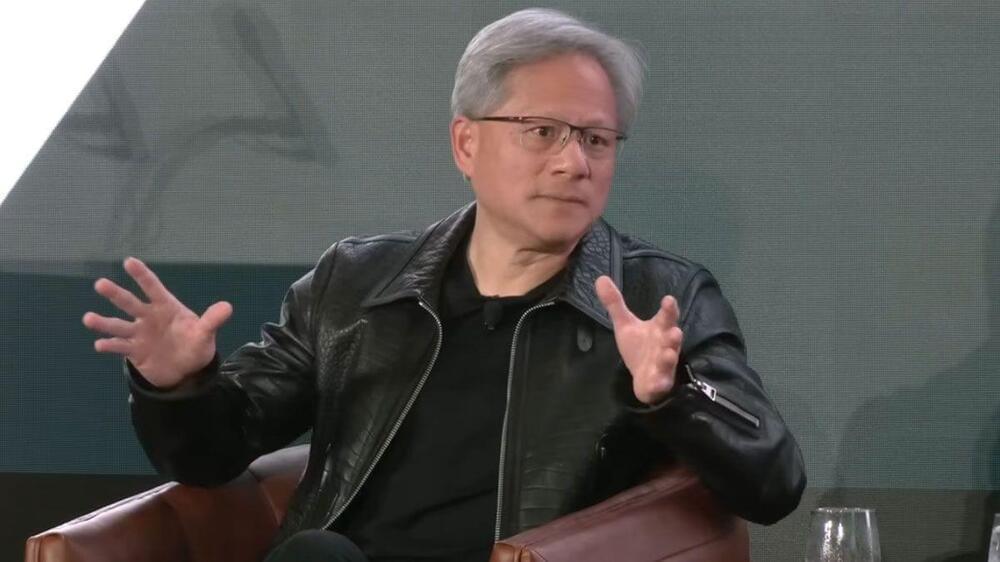Mar 11, 2024
How the A.I. That Drives ChatGPT Will Move Into the Physical World
Posted by Gemechu Taye in category: robotics/AI
Covariant, a robotics start-up, is designing technology that lets robots learn skills much like chatbots do.
Covariant, a robotics start-up, is designing technology that lets robots learn skills much like chatbots do.
I have been engaged in the telecommunication industry for over 25 years, and it is so refreshing to see the positive energy moving into this sector as a result of applying generative AI technologies.
The telecom industry can accelerate growth from generative AI. Here are use cases for the telco industry.
Robotics startup Covariant is experimenting with a ChatGPT-style chatbot that can control a robotic arm, as a way to create machines that can be more helpful in the physical world.
The new nonprofit Fairly Trained certifies that artificial intelligence models license copyrighted data—which often isn’t the case.
By Ben Guarino
A new computer model mimics Moon dust so well that it could lead to smoother and safer Lunar robot teleoperations. The tool, developed by researchers at the University of Bristol and based at the Bristol Robotics Laboratory, could be used to train astronauts ahead of Lunar missions. Working with their industry partner, Thales Alenia Space in the UK, who has specific interest in creating working robotic systems for space applications, the team investigated a virtual version of regolith, another name for Moon dust.
Lunar regolith is of particular interest for the upcoming Lunar exploration missions planned over the next decade. From it, scientists can potentially extract valuable resources such as oxygen, rocket fuel or construction materials, to support a long-term presence on the Moon. To collect regolith, remotely operated robots emerge as a practical choice due to their lower risks and costs compared to human spaceflight.
However, operating robots over these large distances introduces large delays into the system, which make them more difficult to control. Now that the team know this simulation behaves similarly to reality, they can use it to mirror operating a robot on the Moon. This approach allows operators to control the robot without delays, providing a smoother and more efficient experience.
Researchers at the Icahn School of Medicine at Mount Sinai and others have harnessed the power of machine learning to identify key predictors of mortality in dementia patients.
The study, published in the February 28 online issue of Communications Medicine, addresses critical challenges in dementia care by pinpointing patients at high risk of near-term death and uncovers the factors that drive this risk.
Unlike previous studies that focused on diagnosing dementia, this research delves into predicting patient prognosis, shedding light on mortality risks and contributing factors in various kinds of dementia.
At SXSW Jeff Cardenas, CEO of Austin-based Apptronik along with Shaun Azimi, of NASA’s discussed the possibilities of humanoid robots in space.

Jensen says free ‘isn’t cheap enough’ to stand a chance against the green team in data center AI.
